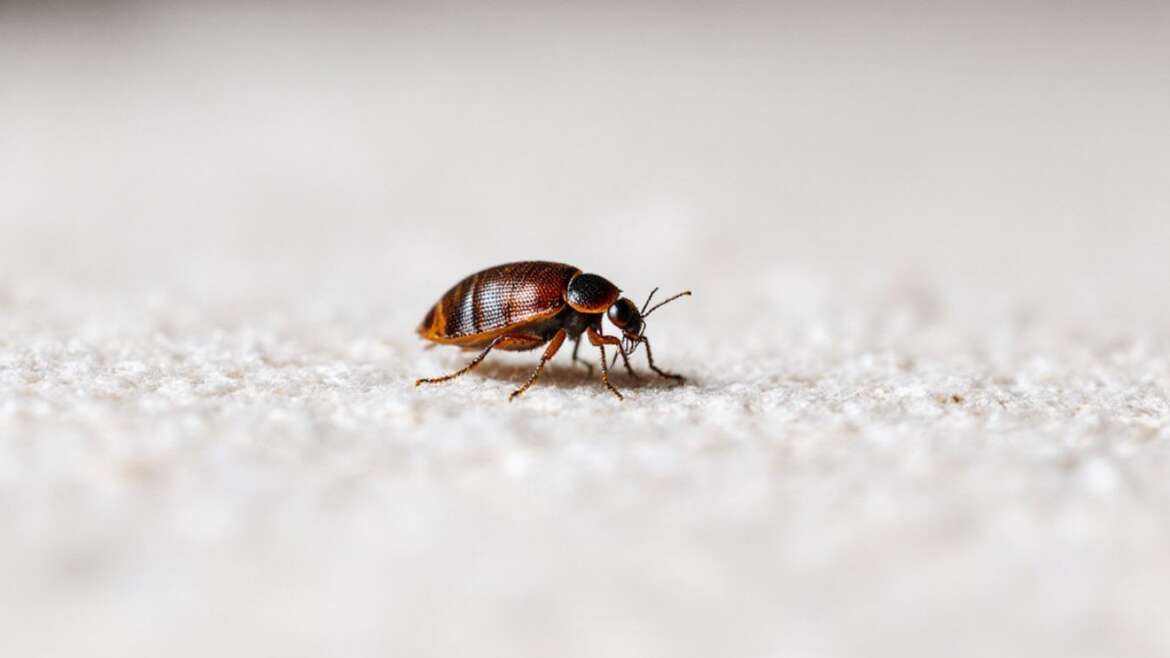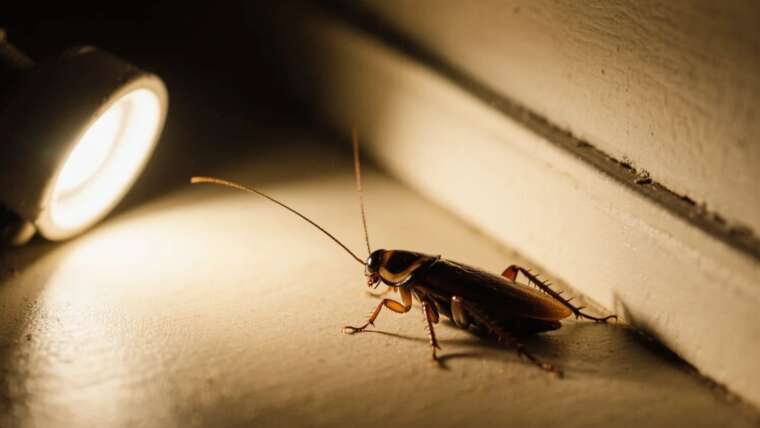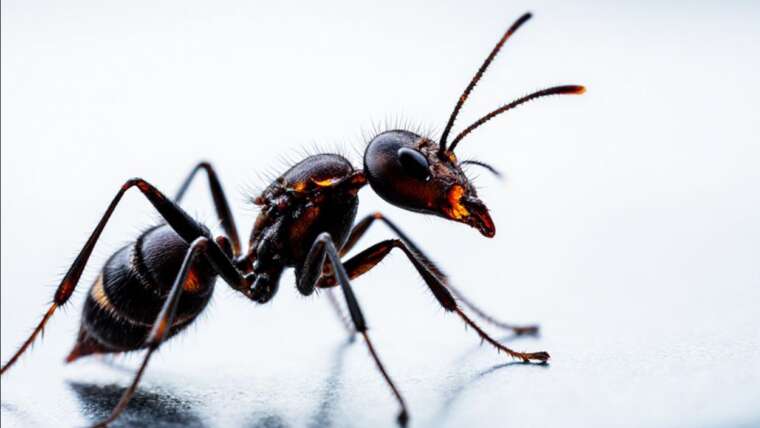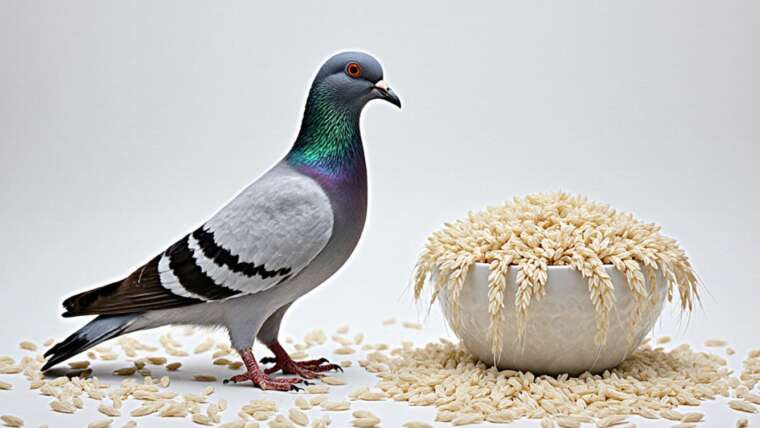Bed bugs have earned a reputation as relentless travelers. They readily hitch rides in various places where people gather, such as hotels, offices, schools, and even public transportation. Their ability to move unnoticed is the primary reason why they are difficult to eradicate once they establish themselves in a new environment.
The Importance of Inspecting Your Vehicle for Bed Bugs
If you suspect that bed bugs have infiltrated your car, it’s imperative to conduct a thorough inspection. These pests can easily travel from your vehicle to your home, leading to a more significant infestation. While companies like Terminix do not treat cars for bed bugs, understanding the signs of a potential infestation can help you take proactive measures in preventing further spread before they become a household problem.
Tip: Use a flashlight to inspect hard-to-see areas in your car such as under seats and in the glove compartment. The extra light can help illuminate hidden spots where bed bugs may be lurking.
Identifying Bed Bugs in Your Vehicle
When it comes to spotting a bed bug infestation in your car, you want to look for several telltale signs. These indicators mirror those you would look for within your home.
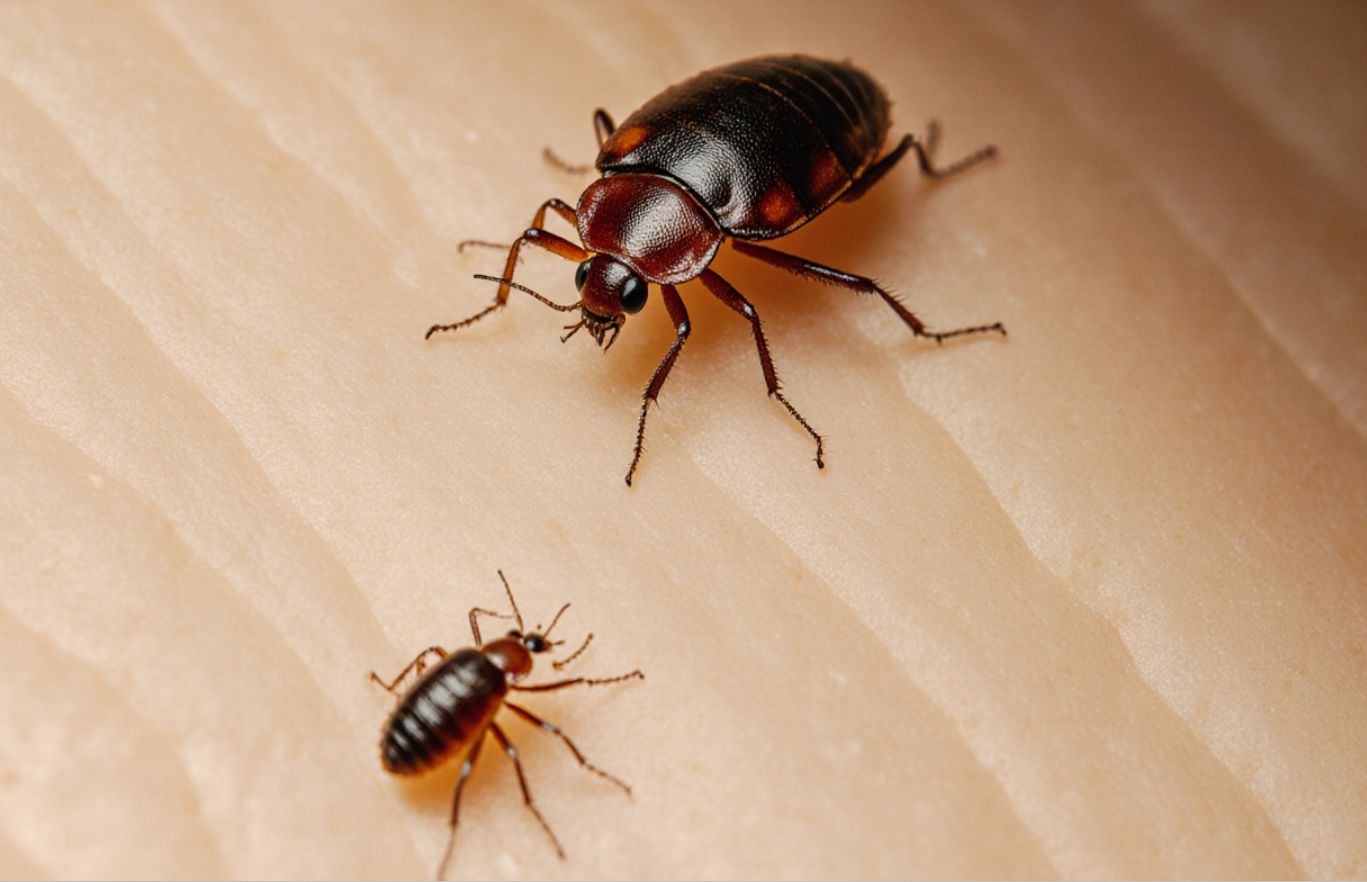
Dark Spots on Seats and Floor Mats
Bed bugs feed on blood, so you may notice brown or red stains from crushed insects. Additionally, bed bug fecal matter presents as small, dark spots, roughly the size of a period, which can become embedded in the fabric.
Tip: Carry a small sample of fabric with you when inspecting. By rubbing the spots with a damp cloth, you can see if they smudge—an indication of feces.
Shed Exoskeletons and Eggs
Like many insects, bed bugs shed their skin as they mature. You may find these shed exoskeletons in areas where bed bugs reside. Bed bug eggs are tiny, pearly white, and often located in hidden corners.
Tip: Use a magnifying glass when inspecting for exoskeletons or eggs; even the slightest hint can help confirm an infestation.
Sightings of Live Bed Bugs
Mature bed bugs are roughly the size of an apple seed and exhibit a reddish-brown color. They typically swell post-feeding, turning a vivid red. Younger, immature bed bugs may appear translucent.
Tip: Consider using sticky traps designed for pest detection. Placing these traps in your car can help catch bed bugs that may be present, giving you clarity on whether further action is needed.
Steps for Inspecting Your Car for Bed Bugs
To comprehensively check for bed bugs, follow these steps:
- Declutter and Remove Trash: Begin by eliminating any trash or clutter. Not only does this disturb potential hiding places for bed bugs, but it also makes the inspection easier.
- Conduct a Visual Inspection: Examine all parts of the car, focusing on the seams in seats, under seats, the glove compartment, and any compartment above the seats.
- Use Double-Sided Tape or Lint Rollers: Apply these tools to crevices around the seats and rugs. If any bed bugs adhere to the tape or roller, you’ve found evidence of an infestation.
Tip: While inspecting, keep a notepad to jot down any signs you discover. This will be helpful if you need to explain the issue to pest control professionals later.
Effective Methods to Eliminate Bed Bugs in Your Car
If you confirm the presence of bed bugs, immediate action is necessary to prevent any bites or further spread into your home.
Cleaning Your Car Thoroughly
A deep clean can significantly reduce or eliminate bed bug presence. Follow these steps for an effective cleanse:
- Remove and Shampoo Mats and Covers: Mats and seat covers can trap pests. Shampoo them and let them dry in sunlight, which can enhance the cleaning process.
- Vacuum Extensively: Use a vacuum that contains HEPA filters for a more powerful clean. Focus on corners, cracks, and hidden areas.
- Steam Clean: Consider using a steam cleaner along with the vacuum. The high temperature can kill bed bugs on contact.
Tip: If possible, use a UV light when cleaning your car. Bed bugs and their eggs can sometimes fluoresce under UV light, revealing hidden infestations.
Utilizing Heat
Bed bugs are highly susceptible to heat. Research indicates that exposing them to 113°F for at least 90 minutes will wipe them out.
Tip: On hot days, leaving your car parked in direct sunlight can help raise the internal temperature, potentially killing bed bugs. Make sure to check the temperature inside before entering for safety.
Freezing as an Alternative Strategy
Extreme cold can also eliminate bed bugs, but requires temperatures around 0°F for at least four days. While freezing an entire vehicle isn’t practical, you can freeze individual bed bugs by collecting them in a plastic bag and putting them in your freezer.
Tip: This method not only kills bed bugs but also provides physical samples that can aid pest control professionals in identifying and treating the problem.
When to Seek Professional Help
Whether in your car or at home, bed bugs are a serious concern that often leads to sleepless nights and stress. Quick action is essential, especially since most infestations begin with these pests hitching a ride.
Although Terminix does not treat vehicles for bed bugs, the company offers extensive services for home infestations. Their trained specialists can effectively identify and treat infestations.
Tip: Schedule regular inspections for your home and vehicles if you frequently travel, as this proactive approach will save you from future headaches associated with bed bugs. Knowing the signs and taking preventive measures can protect your living spaces from becoming infested.
By understanding bed bugs better, staying alert, and knowing how to address potential infestations proactively, you can effectively manage and eliminate these unwanted travelers from your life.

